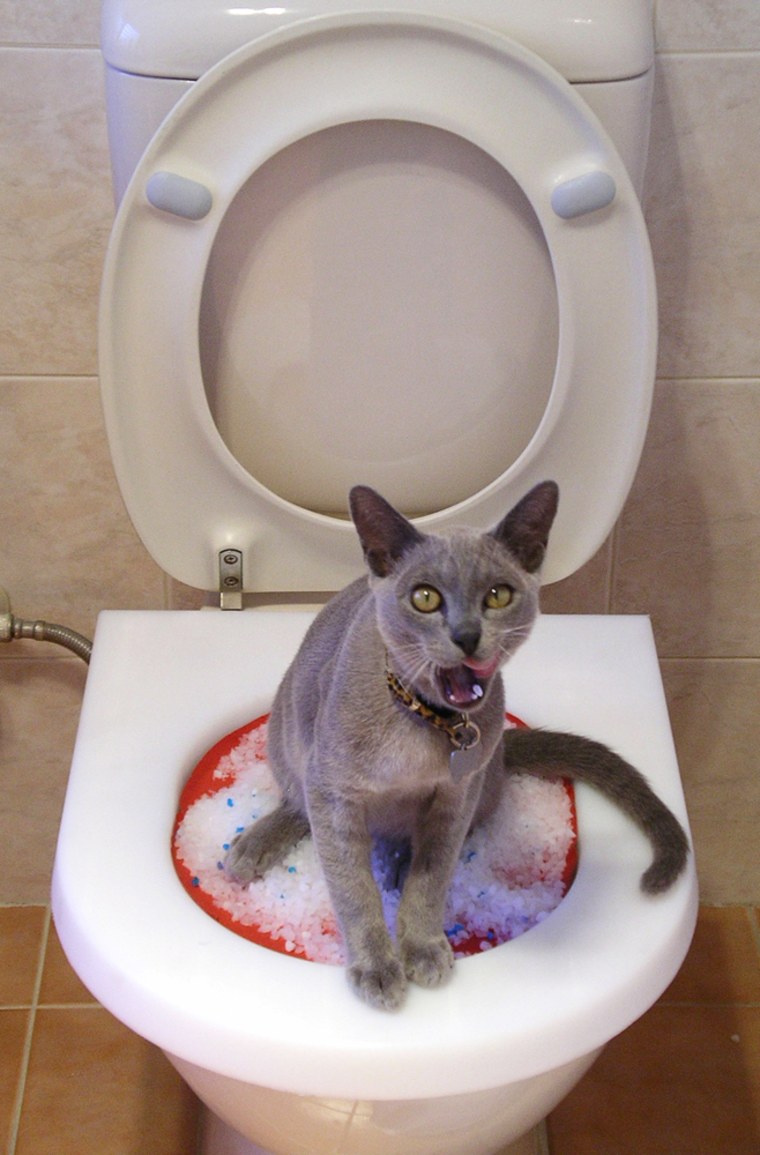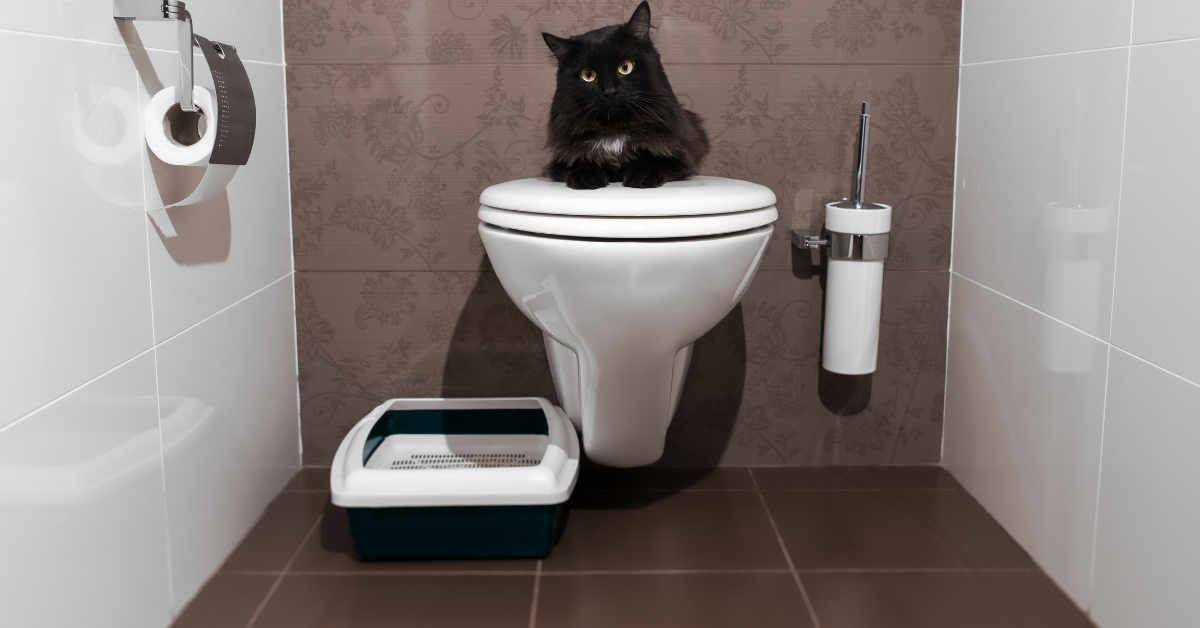The Risks of Disposing Cat Poop in Your Toilet - Preventive Measures
The Risks of Disposing Cat Poop in Your Toilet - Preventive Measures
Blog Article
How do you feel when it comes to How to Dispose of Cat Poop and Litter Without Plastic Bags?

Intro
As feline owners, it's vital to bear in mind how we take care of our feline friends' waste. While it may appear convenient to purge feline poop down the commode, this technique can have detrimental effects for both the setting and human health.
Alternatives to Flushing
Luckily, there are more secure and more liable means to dispose of feline poop. Think about the complying with options:
1. Scoop and Dispose in Trash
The most usual method of throwing away feline poop is to scoop it right into a biodegradable bag and throw it in the trash. Be sure to utilize a committed clutter inside story and dispose of the waste without delay.
2. Use Biodegradable Litter
Choose naturally degradable pet cat clutter made from products such as corn or wheat. These litters are environmentally friendly and can be safely disposed of in the trash.
3. Hide in the Yard
If you have a yard, consider hiding cat waste in a designated area away from vegetable yards and water sources. Be sure to dig deep sufficient to stop contamination of groundwater.
4. Mount a Pet Waste Disposal System
Invest in a family pet waste disposal system specifically developed for pet cat waste. These systems utilize enzymes to break down the waste, lowering smell and environmental effect.
Health and wellness Risks
Along with environmental concerns, flushing cat waste can also pose health and wellness threats to humans. Cat feces might include Toxoplasma gondii, a parasite that can trigger toxoplasmosis-- a possibly severe disease, particularly for expectant females and people with damaged body immune systems.
Environmental Impact
Purging feline poop introduces damaging pathogens and parasites right into the water system, presenting a substantial threat to water environments. These pollutants can negatively affect marine life and compromise water quality.
Final thought
Accountable animal ownership extends beyond providing food and shelter-- it additionally includes proper waste management. By avoiding purging pet cat poop down the bathroom and opting for different disposal techniques, we can minimize our environmental impact and protect human health and wellness.
Why Can’t I Flush Cat Poop?
It Spreads a Parasite
Cats are frequently infected with a parasite called toxoplasma gondii. The parasite causes an infection called toxoplasmosis. It is usually harmless to cats. The parasite only uses cat poop as a host for its eggs. Otherwise, the cat’s immune system usually keeps the infection at low enough levels to maintain its own health. But it does not stop the develop of eggs. These eggs are tiny and surprisingly tough. They may survive for a year before they begin to grow. But that’s the problem.
Our wastewater system is not designed to deal with toxoplasmosis eggs. Instead, most eggs will flush from your toilet into sewers and wastewater management plants. After the sewage is treated for many other harmful things in it, it is typically released into local rivers, lakes, or oceans. Here, the toxoplasmosis eggs can find new hosts, including starfish, crabs, otters, and many other wildlife. For many, this is a significant risk to their health. Toxoplasmosis can also end up infecting water sources that are important for agriculture, which means our deer, pigs, and sheep can get infected too.
Is There Risk to Humans?
There can be a risk to human life from flushing cat poop down the toilet. If you do so, the parasites from your cat’s poop can end up in shellfish, game animals, or livestock. If this meat is then served raw or undercooked, the people who eat it can get sick.
In fact, according to the CDC, 40 million people in the United States are infected with toxoplasma gondii. They get it from exposure to infected seafood, or from some kind of cat poop contamination, like drinking from a stream that is contaminated or touching anything that has come into contact with cat poop. That includes just cleaning a cat litter box.
Most people who get infected with these parasites will not develop any symptoms. However, for pregnant women or for those with compromised immune systems, the parasite can cause severe health problems.
How to Handle Cat Poop
The best way to handle cat poop is actually to clean the box more often. The eggs that the parasite sheds will not become active until one to five days after the cat poops. That means that if you clean daily, you’re much less likely to come into direct contact with infectious eggs.
That said, always dispose of cat poop in the garbage and not down the toilet. Wash your hands before and after you clean the litter box, and bring the bag of poop right outside to your garbage bins.
https://trenchlesssolutionsusa.com/why-cant-i-flush-cat-poop/

As a keen person who reads on Can You Flush Cat Poop Down The Toilet?, I assumed sharing that blog post was sensible. Liked our blog posting? Please share it. Help someone else locate it. We thank you for reading our article about Don’t flush cat feces down the toilet.
Free Estimate Report this page